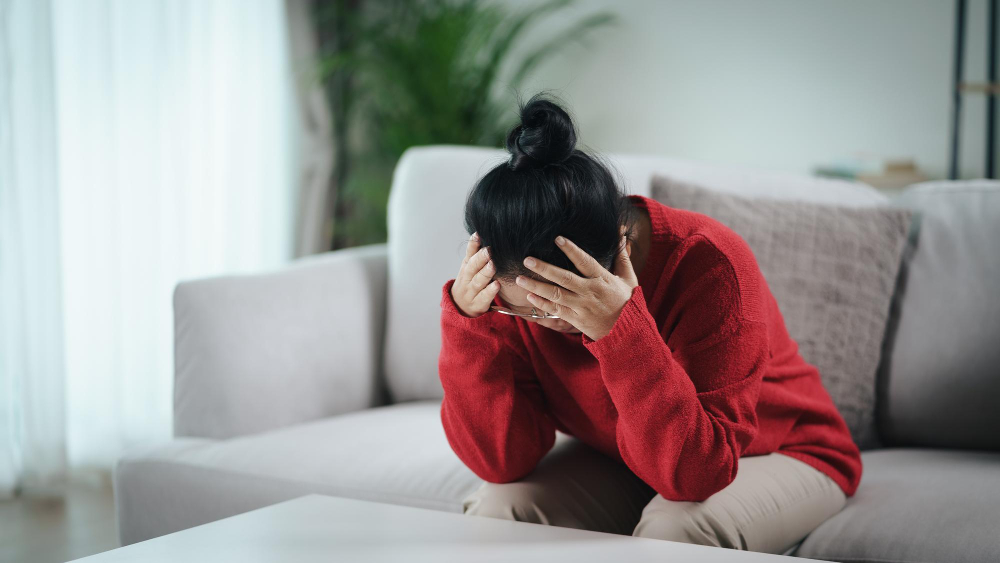Introduction to Stress Management in Ayurveda
Many people look for natural ways to manage stress. Ayurveda, an ancient Indian system of medicine, offers gentle solutions. One popular method is Abhyanga, also known as Ayurvedic massage for stress. In Ayurveda, stress is seen as an imbalance in the body and mind. Therefore, regular self-care practices are important. Abhyanga is a simple, soothing way to help restore balance and promote calmness.
What is Abhyanga? (Definition and Overview)
Abhyanga is a traditional Ayurvedic oil massage. It involves applying warm herbal oils to the entire body. Usually, the massage uses gentle, rhythmic strokes. The goal is to nourish the skin, relax the muscles, and calm the mind. In fact, Abhyanga is often part of daily routines in Ayurveda. Many people use it for natural stress relief Ayurveda recommends.
How Abhyanga Helps Reduce Stress (Mechanisms and Benefits)
Abhyanga offers many benefits for stress management. First, the warm oil and gentle touch help relax tense muscles. Next, the massage improves blood flow and supports healthy skin. Most importantly, Abhyanga calms the nervous system. This can lower feelings of anxiety and worry. According to research published in peer-reviewed journals, massage therapy may reduce stress hormones and improve mood. In addition, regular Abhyanga may help with:
Because of these benefits, many people choose Ayurvedic massage for stress relief.
Step-by-Step Guide to Performing Abhyanga at Home
Performing Abhyanga at home is simple. However, it is important to follow each step carefully. Here is a basic guide:
For best results, try Abhyanga in the morning or before bedtime.
Safety Tips and Precautions
While Abhyanga is safe for most people, some precautions are needed. Always test the oil on a small patch of skin first. This helps avoid allergic reactions. If you have open wounds, skin infections, or a fever, skip the massage. Pregnant women and people with certain health conditions should consult a doctor before starting. Additionally, use gentle pressure to avoid bruising. If you feel pain or discomfort, stop the massage right away.
Lifestyle and Prevention Advice
Besides Abhyanga, Ayurveda suggests other ways to manage stress. For example, regular exercise, deep breathing, and meditation can help. Eating a balanced diet and keeping a regular sleep schedule are also important. Moreover, spending time in nature and connecting with loved ones can boost your mood. By combining these habits, you can support your body and mind every day.
Frequently Asked Questions
For personalized stress management advice, consult a qualified Ayurvedic practitioner.

